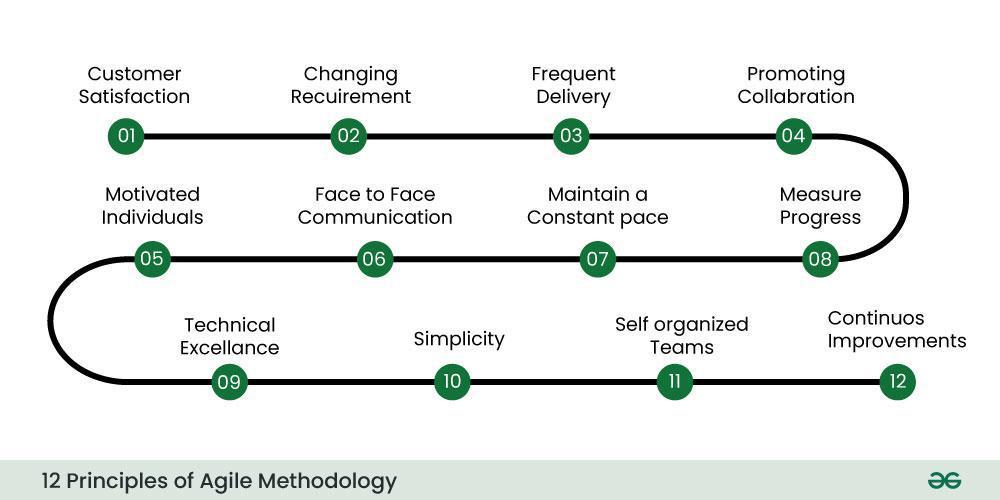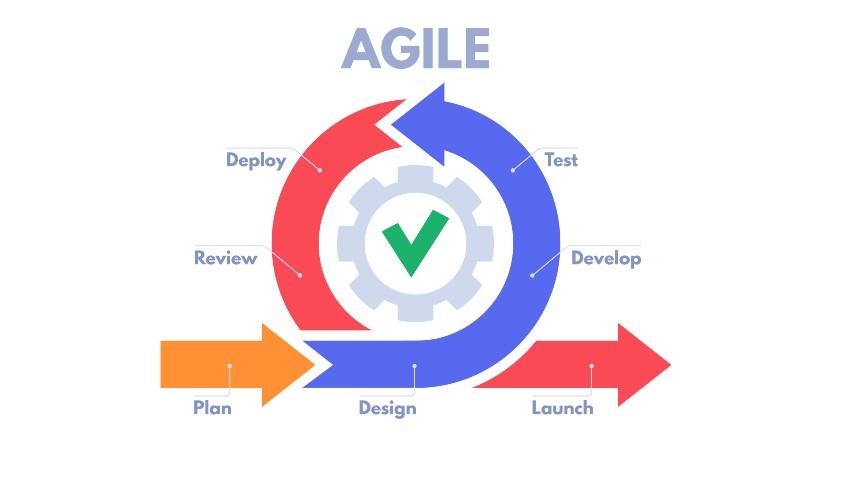In the ever-evolving landscape of technology, the need for agile software development methodologies has become more imperative than ever before. In this comprehensive guide, we will explore the fundamental principles and practices of agile software development, providing you with the insights and tools necessary to navigate the fast-paced world of modern software engineering. Join us on a journey through the principles of agility, collaboration, and flexibility as we delve into the intricacies of Agile software development.
Overview of Agile Software Development Principles and Values
Agile Software Development is a set of principles and values that prioritize flexibility, collaboration, and responsiveness in the software development process. This approach focuses on delivering high-quality products that meet the needs of customers through iterative development and continuous improvement. By adhering to agile principles and values, development teams can adapt to changing requirements, minimize risks, and deliver value quickly.
Key principles of Agile Software Development include customer collaboration, responding to change, and delivering working software frequently. Through practices such as Scrum, Kanban, and Extreme Programming, teams can streamline their development process, improve communication, and increase productivity. By embracing these principles and values, software development teams can create a more efficient and effective development process that leads to successful and timely product delivery.

Key Components of Agile Methodologies
Agile methodologies are centered around a few key components that drive the success of software development projects. These components work together to ensure that teams are able to adapt to changing requirements and deliver value to customers quickly and efficiently.
- Iterative Development: Agile projects are broken down into small, manageable chunks called iterations or sprints. Each iteration typically lasts a few weeks and results in a potentially shippable product increment.
- Collaboration: Collaboration is at the heart of agile methodologies. Team members, stakeholders, and customers work closely together to ensure that everyone is aligned on project goals and priorities.

Best Practices for Implementing Agile in Software Development
Implementing Agile practices in software development can lead to increased efficiency, improved collaboration, and higher quality products. To ensure a successful Agile implementation, it is essential to follow best practices that have been proven to work in various development teams.
<p>Some key include:</p>
<ul>
<li><strong>Embrace change:</strong> Agile methodologies encourage adapting to changing requirements and feedback. Embrace change as an opportunity to improve and deliver better outcomes.</li>
<li><strong>Empower the team:</strong> Allow team members to make decisions and take ownership of their work. Empowered teams are more motivated and productive.</li>
<li><strong>Continuous integration and delivery:</strong> Implement continuous integration and delivery practices to ensure code quality and faster release cycles.</li>
<li><strong>Iterative development:</strong> Break down projects into smaller increments and deliver working software at the end of each iteration.</li>
</ul>

Common Pitfalls to Avoid when Using Agile Frameworks
Avoiding Common Pitfalls in Agile Frameworks
When using Agile frameworks for software development, it’s important to be aware of common pitfalls that can hinder your team’s productivity and success. By avoiding these pitfalls, you can ensure that your Agile processes run smoothly and efficiently. Here are some key pitfalls to watch out for:
- Micromanaging: Avoid the temptation to micromanage your team members. Trust in their abilities to deliver results and empower them to make decisions within their domains.
- Scope creep: Keep a close eye on project scope to prevent unnecessary changes that can lead to delays and increased costs.
- Ignoring feedback: Feedback from stakeholders and team members is crucial for continuous improvement. Be open to constructive criticism and adapt your processes accordingly.
| Common Pitfall | Effect |
|---|---|
| Micromanaging | Demotivates team members and stifles creativity. |
| Scope creep | Results in project delays and budget overruns. |
| Ignoring feedback | Leads to missed opportunities for improvement. |
Closing Remarks
As we wrap up our comprehensive guide to Agile software development, we hope that you have gained valuable insights and strategies to implement this methodology in your own projects. Remember, Agile is not just a process, it’s a mindset that values collaboration, flexibility, and continuous improvement. Embrace the Agile principles and watch your team thrive in the fast-paced world of software development. Thank you for joining us on this journey, and may your Agile endeavors be successful and rewarding.

